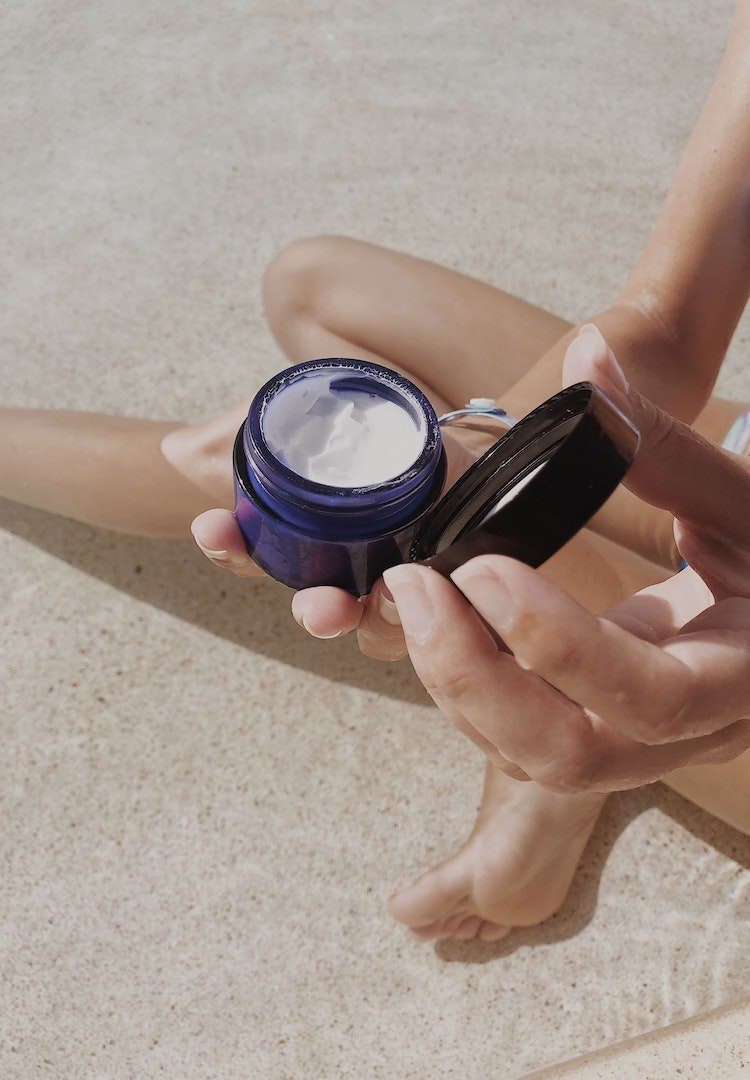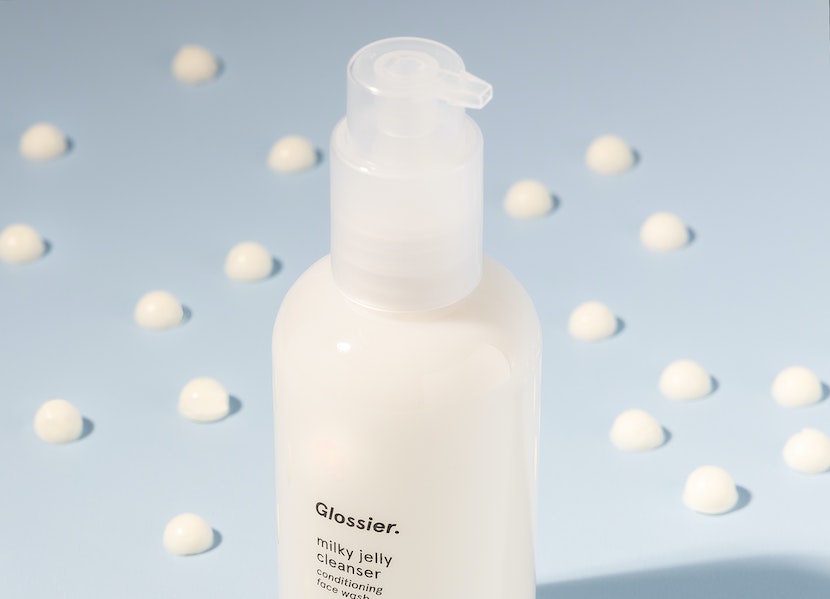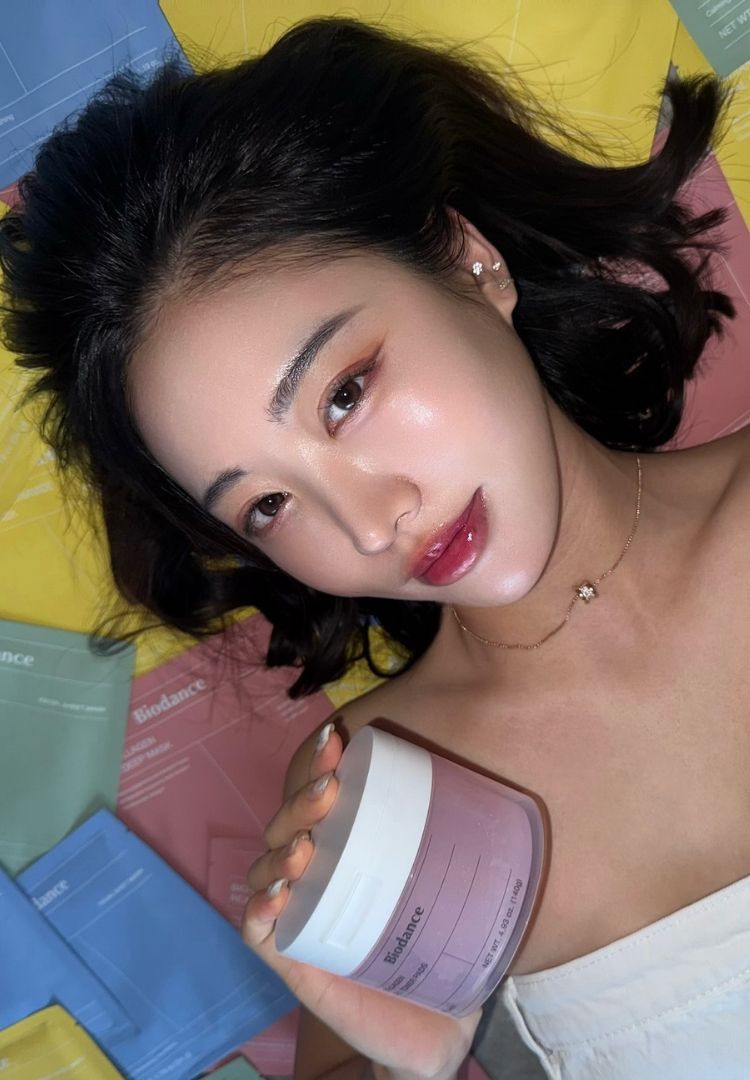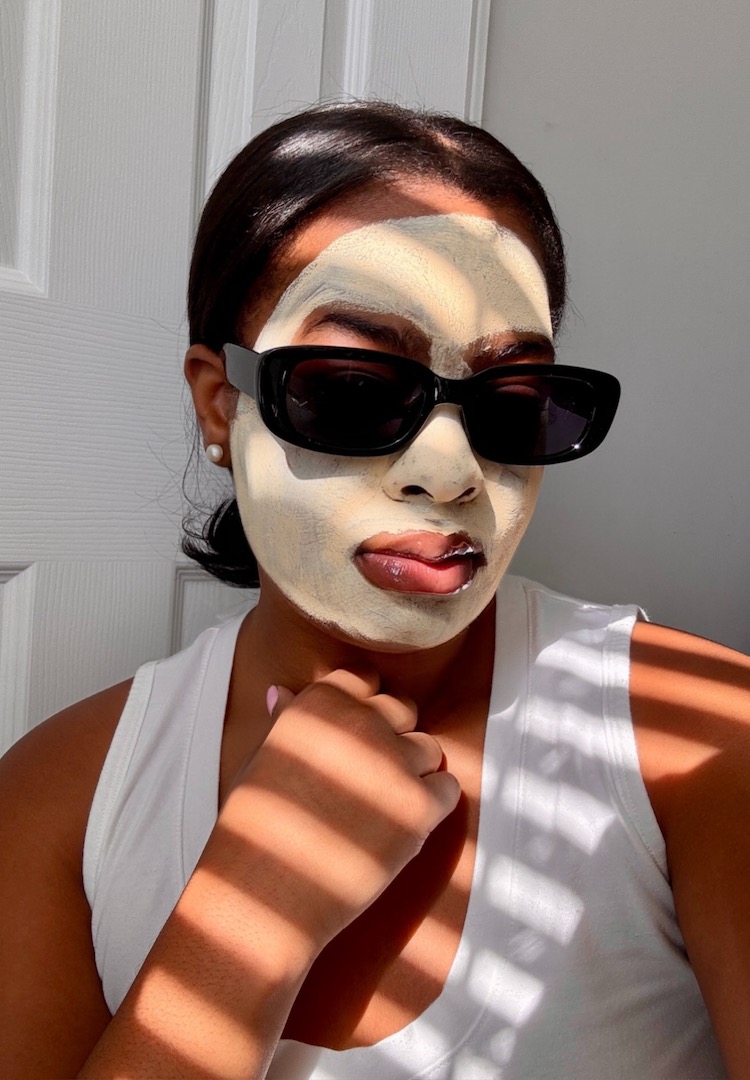Why you should patch test your skincare, and how to do it
Words by Kate Streader
We asked a skincare expert how to do it right (and if it’s really that important).
Introducing a new product into your skincare routine is a process that takes patience and care, something I discovered the hard way after deciding to give my regime a complete overhaul all in one hit. Yeah, it wasn’t pretty.
When you start using a new product, especially one with active ingredients you haven’t used before, there is often an adjustment period known as purging which can easily be mistaken for a bad reaction, and vice versa.
We like nosy people. Don’t be shy, head to our Beauty section for more.
Purging is what happens when your skin is adapting to an active ingredient which increases the skin cell renewal process. It can cause bumps that look a lot like breakouts and flaky skin.
And while there’s nothing you can do but take it slow and persevere through the purge, it’s important to be able to distinguish this process from a bad reaction so you can cease use immediately and avoid further irritation if an ingredient just isn’t agreeing with your skin.
That’s why it’s important to do a patch test before applying a new product to your entire face. A patch test, as you can probably deduce, involves trialling a product on a small area of skin and waiting to see how it reacts before introducing it to your face.
To better understand the best way to go about patch testing, whether you should do it for all of your products and if it’s really that important, I asked the co-founder of skincare brand Rawkanvas, Shannon Lacey, for her expert insight.
Why should I patch test new skincare products?
With varying skin types and sensitivities, it’s best practice to patch test a new product that you’re introducing into your skincare routine before applying it to your entire face.
By patch testing, you’re better able to understand your skin’s tolerance or sensitivity to certain ingredients, while also testing the likes of skin purging which is a common effect of ‘active’ ingredients such as vitamins A and C or AHAs and BHAs.
How do I patch test correctly?
Introduce one new product to an area or patch of skin at a time (e.g. neck, inside of [the] wrist). Simply apply a swatch of product to the area and monitor the effect, if any, across the next 24 to 48 hours.
If you experience a skin flare-up (redness, spots, flakiness, etc) or a breakout, then you are showing signs of a skin sensitivity which indicates that there are ingredients in this product that may not be suitable for you. On the other hand, if you do not notice any signs of a skin sensitivity, you’re good to go!
Do I need to do it for every product?
Absolutely patch test for every product! Especially if your new product contains active skincare ingredients such as vitamins A and C or AHAs and BHAs that work to resurface the skin, which can increase the likelihood of skin purging.
Side note: skin purging is a totally normal and short-lived effect of resurfacing ingredients. We recommend following the one product at a time (best for sensitive skin types) and ease in (for skin cell renewal products or products with active ingredients) methods.
After I’ve patch tested, what else should I consider when introducing a new product into my skincare routine?
Follow the one product at a time or ease in method to introduce the product into your routine correctly. It’s also important to understand where your product fits into your routine and to follow the best skincare layering routine for you and your skin type.
For more advice on patch testing, try this.













